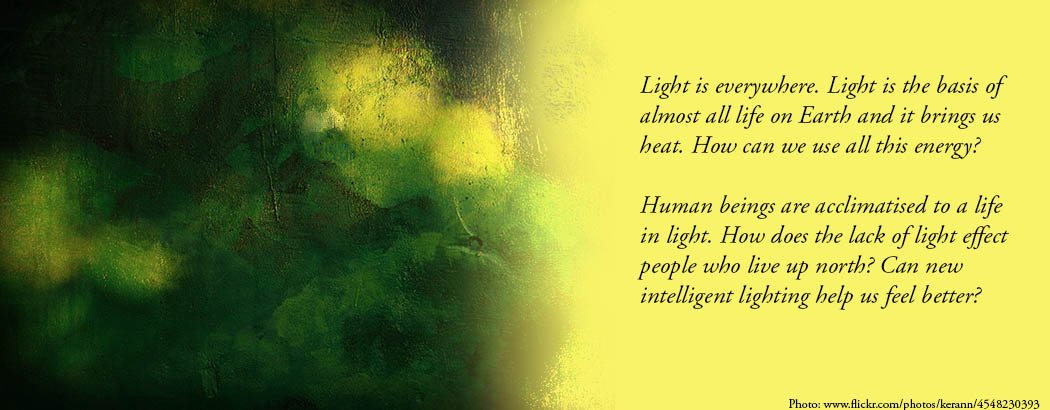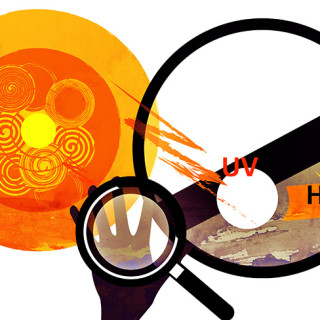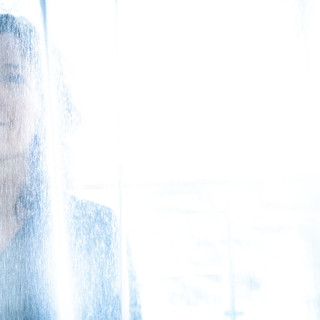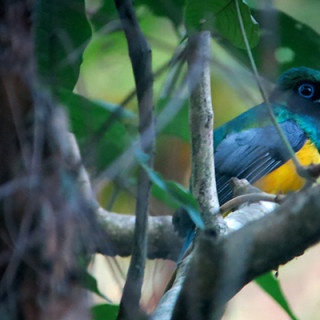READ MORE IN OUR INTERESTING ARTICLES!
- Start
- Themes
- The amazing brain
- Sustainable future
- The digital society
- Is the world becoming a better place?
- Smart society
- Plastic
- Migrations
- Bacteria – friend or foe
- Work for all?
- The inherent power of light
- Africa
- To the last drop
- Our three-dimensional world
- Close to death
- Inspired by nature
- Nano – small things matter
- Epigenetics
- To believe
- Buzzy bees at your service
- Micro-RNA from junk to hotspots
- Categories
- About the magazine
- Svenska










